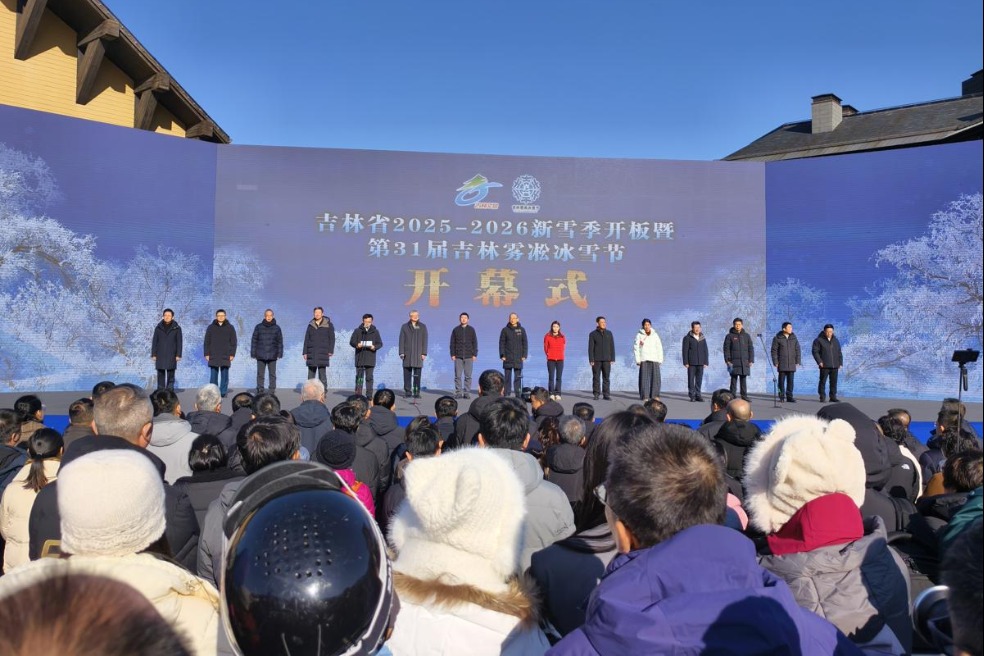China enhances ability to monitor, forecast extreme weather

China has improved its ability to monitor and forecast extreme weather, with the detection rate of severe weather events rising to 83 percent, officials with the China Meteorological Administration said on Saturday at a State Council Information Office news conference.
Chen Zhenlin, head of the administration, said the country's meteorological modernization has advanced rapidly during the 14th Five-Year Plan period (2021–25). China has built an integrated observation system composed of nine Fengyun meteorological satellites, 842 weather radars, and more than 90,000 ground observation stations.
"With a seamless and intelligent digital forecasting system, we can now predict regional rainstorms, heat waves, and cold spells three to seven days in advance, major nationwide weather events 15 days ahead, global climate anomalies six months in advance, and annual climate trends a year ahead," Chen said.
Bi Baogui, deputy head of the administration, said major breakthroughs in the Fengyun satellite series have been achieved during the same period. The country launched five Fengyun satellites, including several global firsts and unique technologies, he said.
The FY-4B satellite achieved the world's first 250-meter resolution, one-minute continuous regional imaging, while FY-3E became the only civilian satellite observing during dawn and dusk hours, filling a global monitoring gap.
In September, China launched the FY-3H satellite, equipped with a hyperspectral greenhouse gas detector capable of monitoring atmospheric carbon concentrations across 100-kilometer swaths — another world first that strengthens global climate observation and supports China's carbon neutrality goals, Bi said.
The Fengyun satellites now provide data services to 133 countries and regions, including many involved in the Belt and Road Initiative. The number of international users on the Fengyun service platform has more than doubled since 2021, and 37 countries have registered for the satellite emergency observation mechanism to receive targeted support during disasters.
China has also integrated 35 commercial meteorological micro-satellites into operational use, enhancing the overall observation capacity.
At ground level, the country's weather radar network now covers more than 90 percent of populated areas, enabling precise tracking of severe convective storms, hail, and tornadoes. The number of ground weather stations has increased by 38 percent compared with the previous five-year period, while greenhouse gas monitoring stations have increased tenfold.
Meanwhile, the domestically developed Beidou sounding system has reached a world-leading level, breaking the monopoly of the GPS system in meteorological sounding.
"The country now operates the world's largest ground-based remote sensing network, capable of real-time vertical profiling of temperature, humidity, wind, and aerosols up to 10,000 meters," Bi said.
- World Television Day celebrated with conference in Shanxi
- University launches new AI department to align with national priorities
- Jilin kicks off 2025-26 snow season with grand opening event
- China hails 'hard-won' COP30 Global Mutirao decision
- China-SA science exhibition showcases innovation, cultural exchange
- China opens draft regulations on data protection to public consultation




































